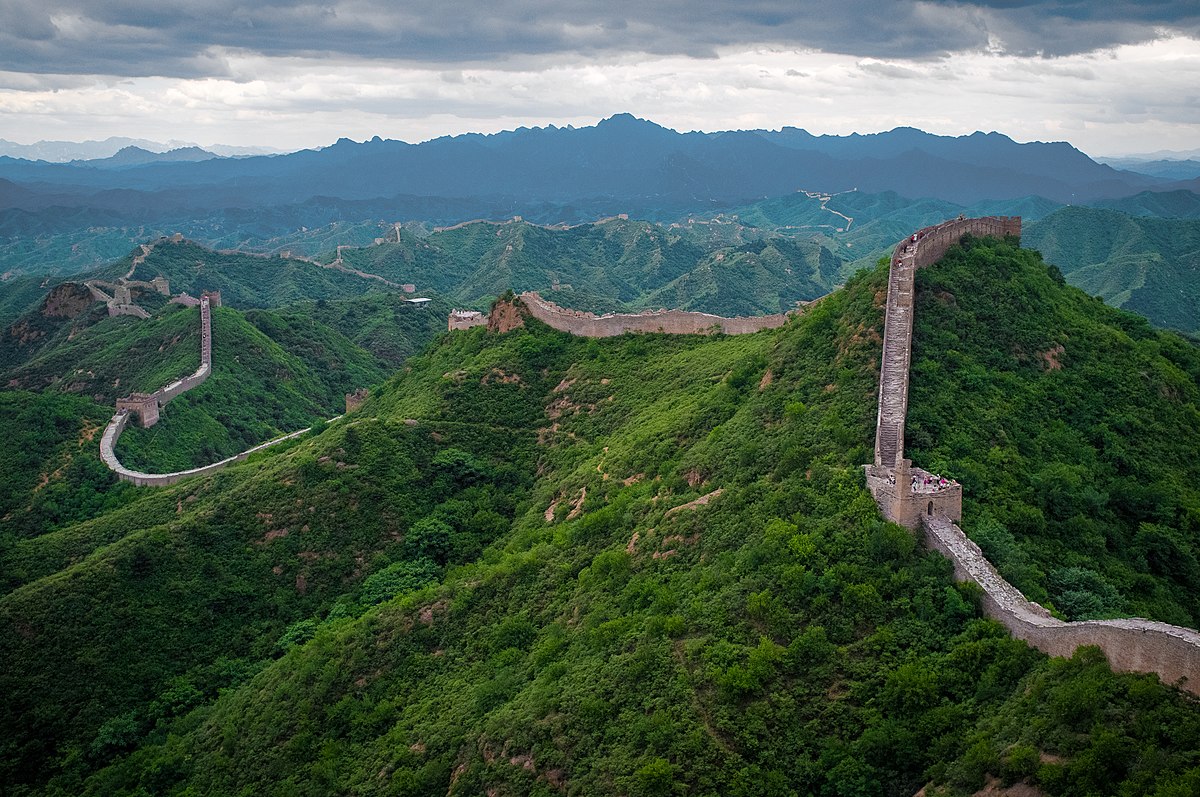D
Deleted member 20812
Guest
Where Trump’s border wall rises, ranchers see a scar on the range — The Washington Post
Malpai Borderlands Group, many of whose members are conservative Republicans, see a generation of land stewardship at risk as barrier construction approaches protected lands.





